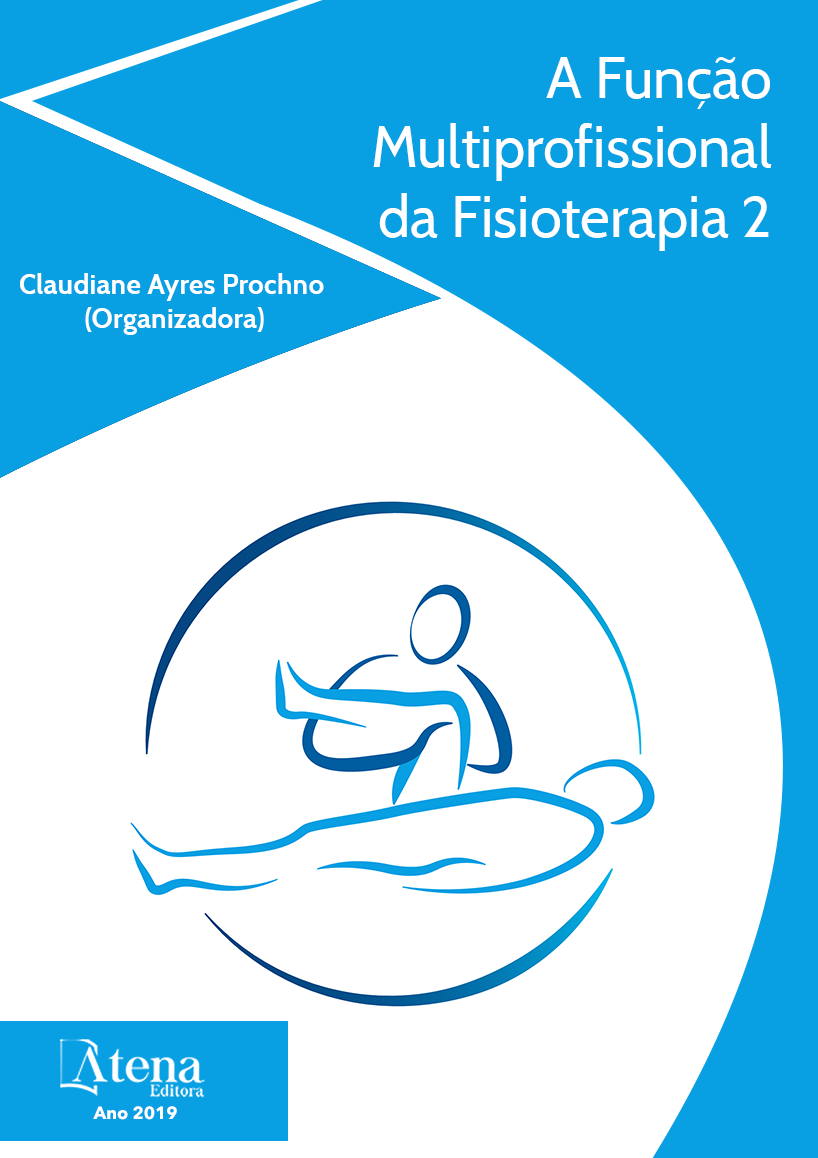
EFEITOS DO USO DO DISPOSITIVO MIOFUNCIONAL NA SEVERIDADE DA DISFUNÇÃO TEMPOROMANDIBULAR – ESTUDO CLÍNICO
Introdução: A disfunção
temporomandibular (DTM) acomete as
articulações temporomandibulares, os músculos
mastigatórios e estruturas associadas. Tem
como sintomas dor, limitação dos movimentos
da mandíbula e ruídos articulares. O objetivo
deste trabalho foi avaliar o efeito do dispositivo
miofuncional hiperbolóide na severidade da
DTM. Métodos: Trata-se de um estudo clínico.
A amostra foi composta por 15 mulheres,
com idade entre 19 e 39 anos (28,0±6,98)
com DTM de acordo com o RDC/DTM. Para
a avaliação da severidade de DTM foram
utilizados o Índice de Helkimo e Questionário
de Fonseca. As intervenções consistiram de
exercícios de lateralização, protusão, retrusão
e mastigação com o dispositivo miofuncional
hiperbolóide, totalizando 12 sessões de 40
minutos com uma frequência de três vezes
semanais. Resultados: Ocorreu melhora
significativa no Índice de Fonseca (62,33±24,04
vs 46,33±27,61 e p=0,026*), no Índice de
mobilidade mandibular (2,0 (1,0–7,0) vs 1,0
(1,0–5,0) e p=0,042*). O Índice de Helkimo teve
melhora, mas não significativa (13,07±4,93 vs
11,73±5,07 e p=0,284) após a intervenção.
Conclusão: A cinesioterapia com o dispositivo
hiperbolóide proporcionou melhora no quadro
sintomático de DTM e na mobilidade articular
da articulação temporomandibular. Quanto a
dor à palpação, ao movimento e ruídos não
houve melhora significativa.
EFEITOS DO USO DO DISPOSITIVO MIOFUNCIONAL NA SEVERIDADE DA DISFUNÇÃO TEMPOROMANDIBULAR – ESTUDO CLÍNICO
-
DOI: 10.22533/at.ed.3451923108
-
Palavras-chave: Articulação temporomandibular”; “Sinais e sintomas”; Fisioterapia.
-
Keywords: “Temporomandibular joint”; “Signals and symptons”; Physiotherapy;
-
Abstract:
Introduction: Temporomandibular disorder (TMD) affects the
temporomandibular joints, the masticatory muscles and associated structures. Its
symptoms are pain, limitation of jaw movements and joint noises. The purpose of this
study was to evaluate the effect of the myofunctional hyperboloid device on the severity
of TMD. Métodos: This is a clinical study. The sample consisted of 15 women, aged
between 19 and 39 years (28.0 ± 6.98) with TMD according to the RDC / TMD. The
Helkimo Index and Fonseca Questionnaire were used to assess TMD severity. The
interventions consisted of lateralization, protrusion, retrusion and mastication exercises
with the hyperboloid myofunctional device, totaling 12 sessions of 40 minutes with a
frequency of three times weekly.Resultados: There was a significant improvement in
the Fonseca index (62.33 ± 24.04 vs 46.33 ± 27.61 and p = 0.026 *), in the mandibular
mobility index (2.0 (1.0-7.0) vs 1, 0 (1.0-5.0) and p = 0.042 *). The Helkimo Index had
improvement, but not significant (13.07 ± 4.93 vs 11.73 ± 5.07 and p = 0.284) after the
intervention. Conclusão: The kinesiotherapy with the hyperboloid device provided an
improvement in the TMD symptoms and in the joint mobility of the temporomandibular
joint. As for palpation pain, movement and noise, there was no significant improvement.
-
Número de páginas: 15
- Jaqueline Antoneli Rech
- Isis Maria Pontarollo
- Camila Kich
- Claudia Bernardes Maganhini
- Simone Mader Dall'Agnol
- Franciele Aparecida Amaral


